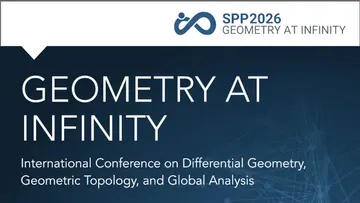The features of a group being finitely generated or finitely presented are, respectively, the n=1 and n=2 cases of the finiteness property . Towards the end of the last century, the question of when these finiteness conditions descend to subgroups of G led to the discovery of the sets (and their homological counterparts , for A a Z[G]-module). Each set is a collection of homomorphisms G --> R, refining property in the sense that G has type precisely if contains the zero map. In the literature, -sets are also often called BNSR-invariants, due to Bieri, Neumann, Strebel and Renz, who pioneered the theory.
Another direction in which to generalize finiteness properties is to consider groups G with a locally compact Hausdorff topology. In that setting, Abels and Tiemeyer introduced the compactness properties , and used a well known criterion of Brown to show that they specialize to for G discrete. In joint work with Kai-Uwe Bux and Elisa Hartmann, we have refined these properties to sets , with our definition recovering the classical Sigma sets in the discrete case. We have also generalized various results of classical Sigma-theory to the setting of locally compact groups. I will give an introduction to the theory of Sigma sets and explain some of these results.


